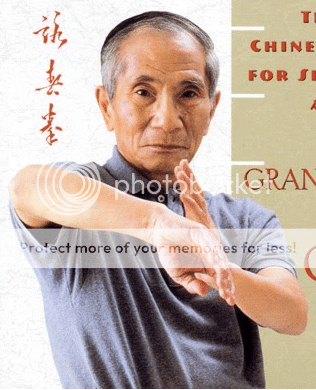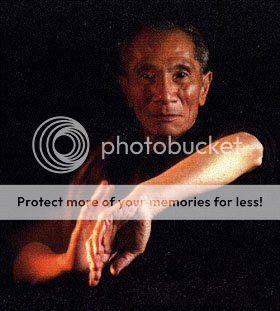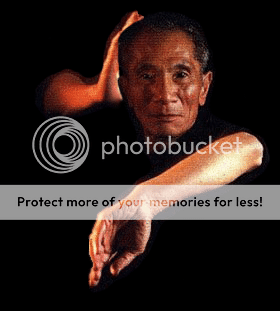I was under the impression that Tan and Jum were the main elbow concepts in WSLVT based on old postings. am I mistaken?
Could you clarify for me and discuss differences in the Fook and Jum elbow concepts?
Jam is a punch using the fuk concept, or as Lobo would say in French, concept fuk.





